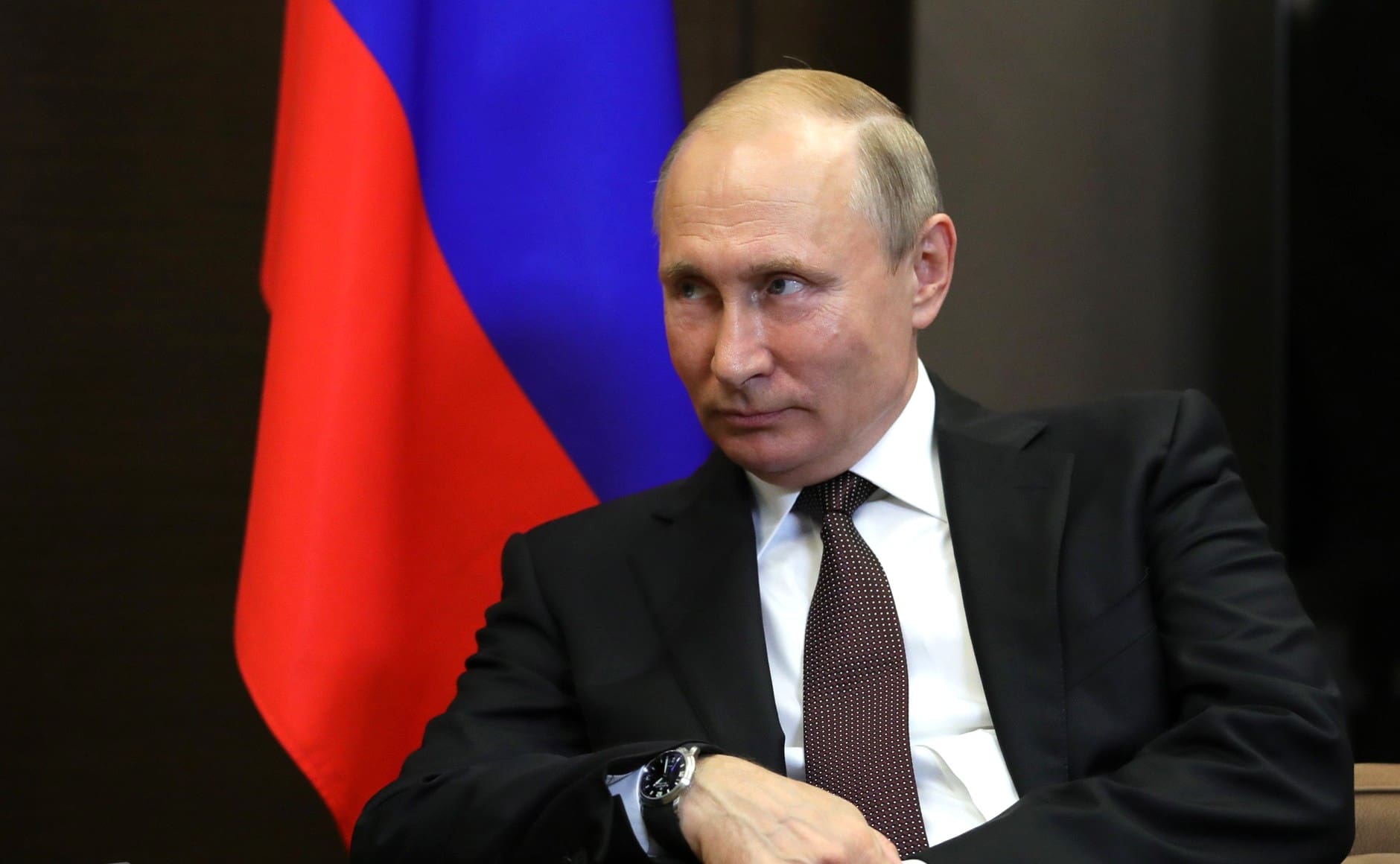A country requires various trustable, dedicated, and responsible leaders to flourish. A number of officials are elected, and they are assigned specific duties and rights to work for the country. This is required for the smooth flow of the various systems a country runs and depends on for development. The Prime Minister and President of Russia also play a significant role in building the nation.
Key Takeaways
- The Russian President is the head of state, representing the country internationally and making key foreign and domestic policy decisions.
- The Russian Prime Minister manages the government and oversees daily administrative tasks, implementing the President’s decisions.
- The President holds more power, appointing the Prime Minister, who requires approval from the State Duma.
Prime Minister In Russia vs President In Russia
The President in Russia is the head of state and the highest-ranking official in Russia, responsible for appointing top officials and setting the country’s foreign policy. The Prime Minister in Russia is the head of government, overseeing the country’s day-to-day operations.

The Prime Minister is regarded as the second-highest authority of the Government in Russia. The Prime Minister in Russia is rightly appointed by the President, keeping in mind various things. The Prime Minister’s office was created before the President in 1905, having the headquarters at the White House in Moscow.
The President of Russia is the highest authority of the nation. Elections are conducted throughout the country in order to appoint the President. This means that the people directly elect the President of Russia. The President is also the nation’s highest authority and has all rights, even to dismiss the Prime Minister at any time.
Comparison Table
| Parameters of Comparison | Prime Minister In Russia | President In Russia |
|---|---|---|
| Authority | The Prime Minister holds the second-highest authority in Russia. | The President is the highest authority in Russia. |
| Election | The President appoints the Prime Minister. | The President is appointed directly by the public through elections. |
| Power | The Prime Minister has many powers and duties but cannot appoint or dismiss the President. | The President has the ultimate say in all official activities and can even dismiss the Prime Minister at any time. |
| Rule | The Prime Minister is officially the co-head of the government but not of the state. | The President is the head of all the official bodies, government, and states. |
| Role | The Prime Minister is the chief administrator of the government. | The President is the most important or central body of the government. |
What is Prime Minister In Russia?
The Prime Minister of Russia is an integral part of the government. It is the second-highest authority of the nation and acts as the chief administrator. Interestingly, Russia’s prime minister’s office was created way before the office of the President of Russia. The office was created in 1905 at the White House Moscow.
The Prime Minister has many powers and rights and a long list of duties to fulfil. It is an authority that requires a responsible, dedicated, and trustworthy person. The President is the one who chooses and appoints the Prime Minister in Russia. The Prime minister, being the co-head of the nation, has several duties, from managing the nomination of officers like ministers and cabinet members, prioritising tasks of the government according to policies and laws, distributing duties to other officials, to presenting the President with proposals, representing the Russian government in foreign countries and heading sessions.
As the President appoints the Prime Minister of Russia, the President also holds absolute power to dismiss them under legal conditions. The Prime Minister accompanies the President in decisions and behaves as a deputy.
What is President In Russia?
The President is regarded as the highest governing authority in Russia. It holds all the main powers and has the most responsible duties of the nation. The President is seen as the most powerful authority in Russia, and he and the Russian Prime Minister sit on the Russian Security Council. With the Prime Minister as his deputy, the President is considered the state’s and government’s head.
The President’s office was created years after the Prime Minister’s, in the year 1991. There is a different resident appointed to the President at Moscow Kremlin. He is the head of the nation and has all the powers, including appointing the prime minister. The President can also dismiss the Prime Minister at any time and under legal circumstances.
The President has a long list of duties and responsibilities, even more than the Prime Minister. He has the final say in all the official decisions of the government, can revoke laws and acts that the government has passed, and even appoint duties to other cabinet members and officials. Along with the Prime Minister as his deputy, The President manages a number of tasks and responsibilities. The other officials and cabinet members play a significant role in assisting the President in the smooth working of all the systems in the nation.

Main Differences Between Prime Minister and President In Russia
- The general public elects the President through elections, whereas the President appoints the Prime Minister.
- The Prime Minister represents Russia in foreign countries, while the President does not have this duty.
- The President has the final word in all governing decisions. The Prime Minister does not have this right.
- The President can dismiss the prime minister under legal circumstances, whereas the Prime Minister does not have this power.
- The Prime Minister’s office was created many years before the President’s office in 1905. The Russian President’s office was created in 1991.





